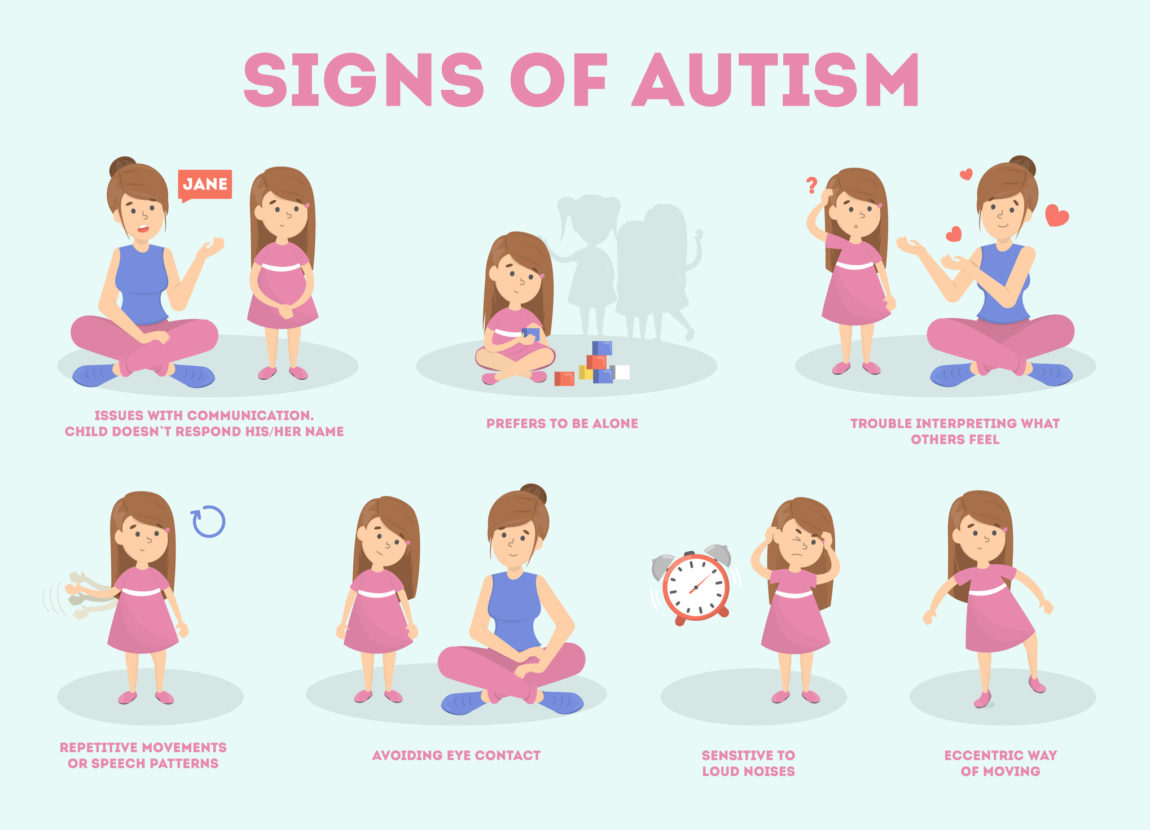Bell's palsy can be defined as a unilateral paralysis of facial muscle.
Causes:-
Bell's palsy occurs when the seventh cranial nerve becomes swollen or compressed, resulting of facial muscles weakness or Paralysis. The exact cause of this damage was unknown, but many medical researches believes it's moist likely triggered by viral infection.
Epidemiology:-
Population studies show an average incidence of 11 to 40 cases per 100,00 population. It is the most common cause of acute unilateral facial paralysis, thought to cause between 60 and 75% of all unilateral facial palsy cases.
Pathophysiology:-
The facial nerve is damaged by inflammation within the nerve causing it to become enlarged, at the point where the nerve exits the skull through the stylomastoid foramen. Ischemia occurs as the nerve swells in its bony canal, blocking neural blood supply.
Having said that Bell's Palsy is a diagnosis of exclusion and that we are not certain what causes the nerve inflammation, there is some evidence to suggest that in the majority of cases it is likely to be linked to Herpes Simplex infection.
Symptoms:-
- Difficulty speaking, eating or drinking.
- Drooling.
- Dry eyes.
- Facial or ear pain.
- Headache.
- Loss of Taste.
- Ringing in ears (tinnitus).
- Sensitivity to sounds.
- Salivation and Lacrimation.
- eyeball on the paralyze side rolling upward -BELL'S PHENOMENON
Usual onset:- Over 48 hours
Duration:- < 6 months
Risk factors :-Diabetes, recent upper respiratory tract infect
Differential diagnosis:-
Brain tumor, stroke, Ramsay Hunt syndrome type 2, Lyme disease.
Prognosis:- most recover completely.
Investigation:- Blood tests to check for conditions like Lyme disease or sarcoidosis.
Electromyography (EMG) to measure nerve activity and damage. This test may help your provider predict how quickly you’ll recover.
Magnetic resonance imaging (MRI) or computed tomography (CT) scans to rule out stroke or other causes of nerve damage.
Medical management:-
Oral corticosteroids, such as prednisone, decrease nerve swelling and may help you regain facial movement faster. This treatment is most effective when you start it within 48 hours of noticing symptoms.
Antiviral medications, such as acyclovir for herpes, may speed recovery, although it's unclear how much benefit they provide. This treatment works best when combined with oral corticosteroids.
Eye care is very important. Eyedrops, including artificial tears, soothe dry, irritated eyes. If your eyelid won’t close, you may need to wear an eye patch to protect the eye from irritants and injuries.
Decompression surgery eases pressure on the nerve is rarely performed because it can cause hearing loss and permanent facial nerve damage.
Functional facial plastic surgery procedures are options for people who don't recover to help correct facial asymmetry and assist with eyelid closure.
Physiotherapy management:-
- Goals:-
- to control infection and protection of eyes.
- to resolve inflammation.
- to maintain muscle properties & circulation.
- to re-educate and strengthen muscles.
- To control infection and protection of eyes:-
- use cotton in ears while travelling
- use a dark glass or eye patch
- eye should be washed twice daily with
- zinc-boric solution to prevent Conjunctivitis.
- US with Phonophoresis helps in case of inflammation
- avoid travelling in cold weather
- To resolve inflammation:-
- infra-red or moist heat to the affected part
- SWD over face or parotid region if there is
- tenderness over trunk.
- With return of function, the patient should
- Practice movt of various muscles of face before a mirror ( mirror therapy)
⦁To re-educate and strengthen muscles:-
- Electrical stimulation
- Home plan:-
- flare nostrils
- Compress lips together. Protrude lips and attempt to whistle.
- Smile without showing teeth and then smile showing teeth.
- Try to close the eye slowly and gently
- raise your eyebrows evenly on both sides
- Frown and draw eyes downwards.
- Try to chew food using both sides of your mouth
- Cotton ears while travelling
- Avoid travelling in cold weather
- Speak in front of mirror
- Try to chew food using both sides of body
- Practice speaking in front of mirror, repeating words that uses M, B, F and P. Blow candles and balloons.
B. P. T , GSCPT









You have Shared great content here about.physiotherapy clinic CalgaryI am glad to discover this post as I found lots of valuable data in your article. Thanks for sharing an article like this.
ReplyDelete